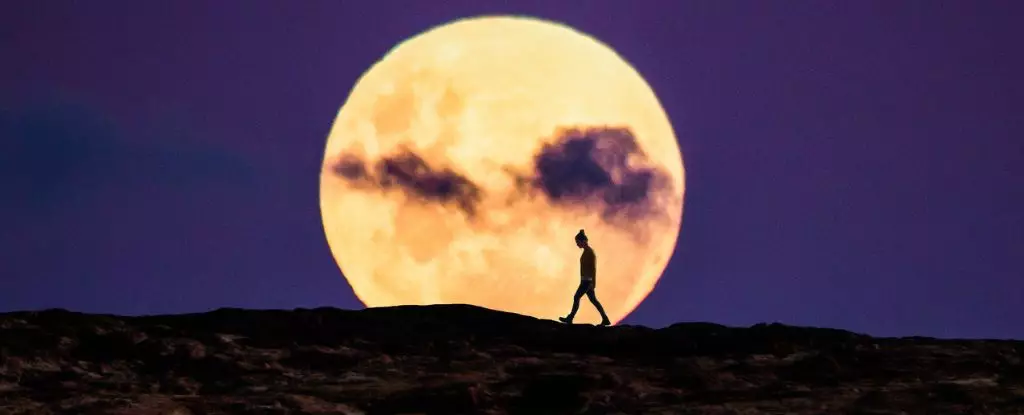The supermoon, an astronomical event that captivates sky-watchers and casual observers alike, is not just another celestial occurrence; it’s a magnificent spectacle that showcases the splendor of our natural satellite in unique ways. This week, a particularly notable supermoon is set to rise, bringing with it brightness and prominence unlike any other moon phase. This article delves into the mechanics behind this phenomenon, as well as tips for experiencing it to the fullest.
To understand the significance of this astronomical event, one must first grasp the meaning of the term “supermoon.” Defined as a full moon that coincides with the moon’s closest approach to Earth—known as perigee—this cosmic event causes the moon to appear significantly larger and brighter in the night sky. The upcoming supermoon will reach perigee on Wednesday evening, sitting at an impressive distance of 221,938 miles from Earth—about 17,000 miles closer than its average distance. This proximity contributes to a brightness that can be approximately 14% greater than a regular full moon, making it particularly striking and noteworthy.
While the supermoon will be visible from Tuesday evening through Friday morning, spectators should aim for the small window between Wednesday evening and Thursday morning to witness the moon at its most brilliant. This is when it is closest to Earth and officially transitions into a full moon. Observing the moon near the horizon around twilight can enhance the viewing experience; the optical illusion created by nearby structures leads to a perception of greater size, which often astounds viewers.
For those interested in tracking the moonrise, various online calculators are available—like Time and Date’s moonrise and moonset feature—to help determine the perfect time to catch a glimpse in your specific location. Such tools empower enthusiasts to plan ahead and make the most of this enchanting event.
The Joy of Viewing Through Telescopes
Though observing the supermoon does not necessitate any special equipment, astronomer Wes Ryle encourages using telescopes if available. Observing through a telescope opens the door to a range of details that might otherwise go unnoticed—craters, valleys, and the unique texture of the lunar surface come into sharper focus. Sharing this experience with others can elevate the enjoyment, making it an opportunity for both education and awe.
What Makes This Month’s Supermoon Unique?
This week’s supermoon holds particular distinction as it is the largest in a series of four consecutive supermoons this year. According to Ryle, this lunar event marginally edges out September’s supermoon in size, making it a quintessential target for sky-gazers. Moreover, this full moon aligns with a traditional name—the Hunter’s Moon—as it falls within the season when animals prepare for the colder months, presenting a theme of readiness for winter.
Keeping an eye on the lunar calendar reveals that supermoons are not rare occurences. With the next supermoon set for November, the frequency of these captivating celestial events allows those who might miss this one to have another chance very soon.
The upcoming supermoon promises to be a spectacular display, illuminating the night sky with its exquisite light. With a combination of unique proximity and the right atmospheric conditions, the experience it offers can amplify one’s appreciation for both the natural environment and the vast universe beyond our planet. So, whether you are an avid stargazer or simply someone with a passing interest, make time to step outside and witness this extraordinary event. The supermoon isn’t just a scientific phenomenon; it’s an invitation to reconnect with nature and explore the wonders that lie within and beyond our atmosphere. Don’t miss this unique opportunity to witness one of nature’s most magnificent spectacles!


Leave a Reply